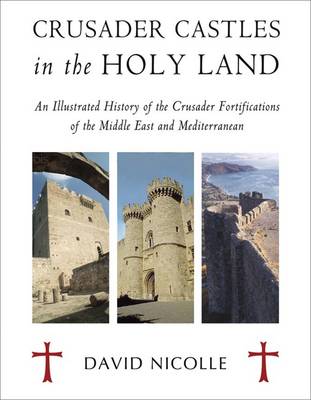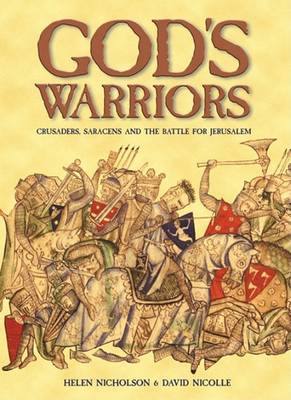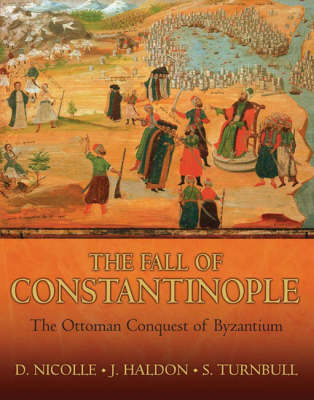General Military
3 total works
Byzantium was the last bastion of the Roman Empire following the fall of the Western Roman Empire. It fought for survival for eight centuries until, in the mid-15th century, the emperor Constantine XI ruled just a handful of whittled down territories, an empire in name and tradition only.
This lavishly illustrated book chronicles the history of Byzantium, the evolution of the defenses of Constantinople and the epic siege of the city, which saw a force of 80,000 men repelled by a small group of determined defenders until the Turks smashed the city's protective walls with artillery. Regarded by some as the tragic end of the Roman Empire, and by others as the belated suppression of an aging relic by an ambitious young state, the impact of the capitulation of the city resonated through the centuries and heralded the rapid rise of the Islamic Ottoman Empire.


